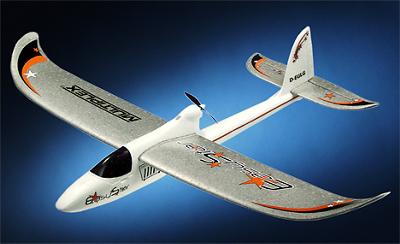All Posts (14056)
Sort by


UAV autopilot for aerial photography from Krzysztof Bosak on Vimeo.
kbosak at box43.pl

UAV autopilot for aerial photography from Krzysztof Bosak on Vimeo.
kbosak at box43.pl